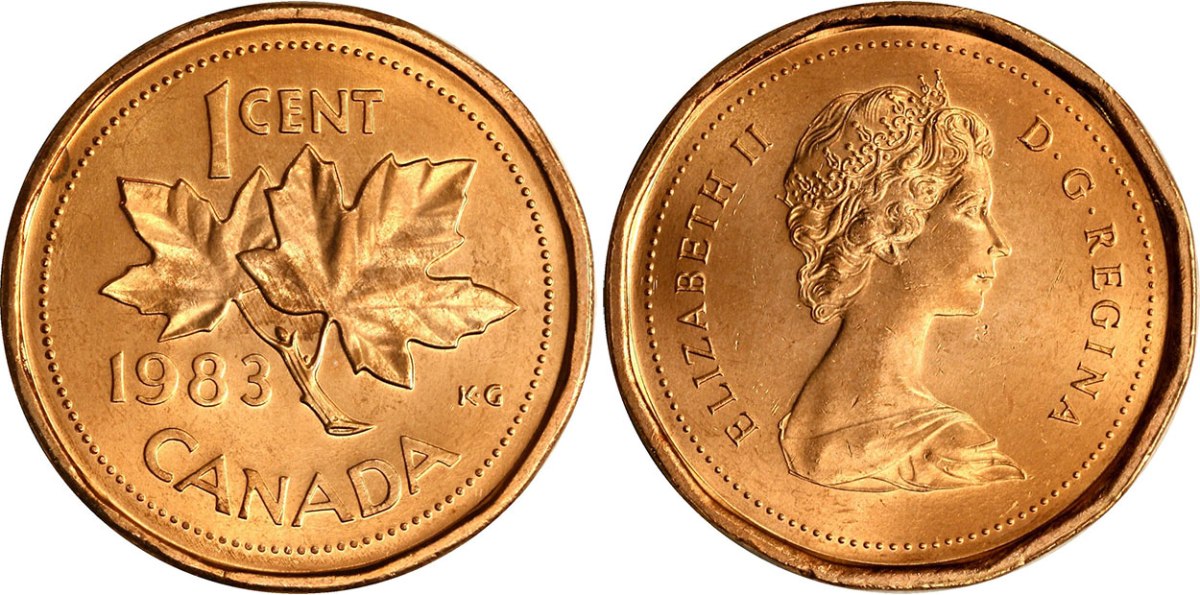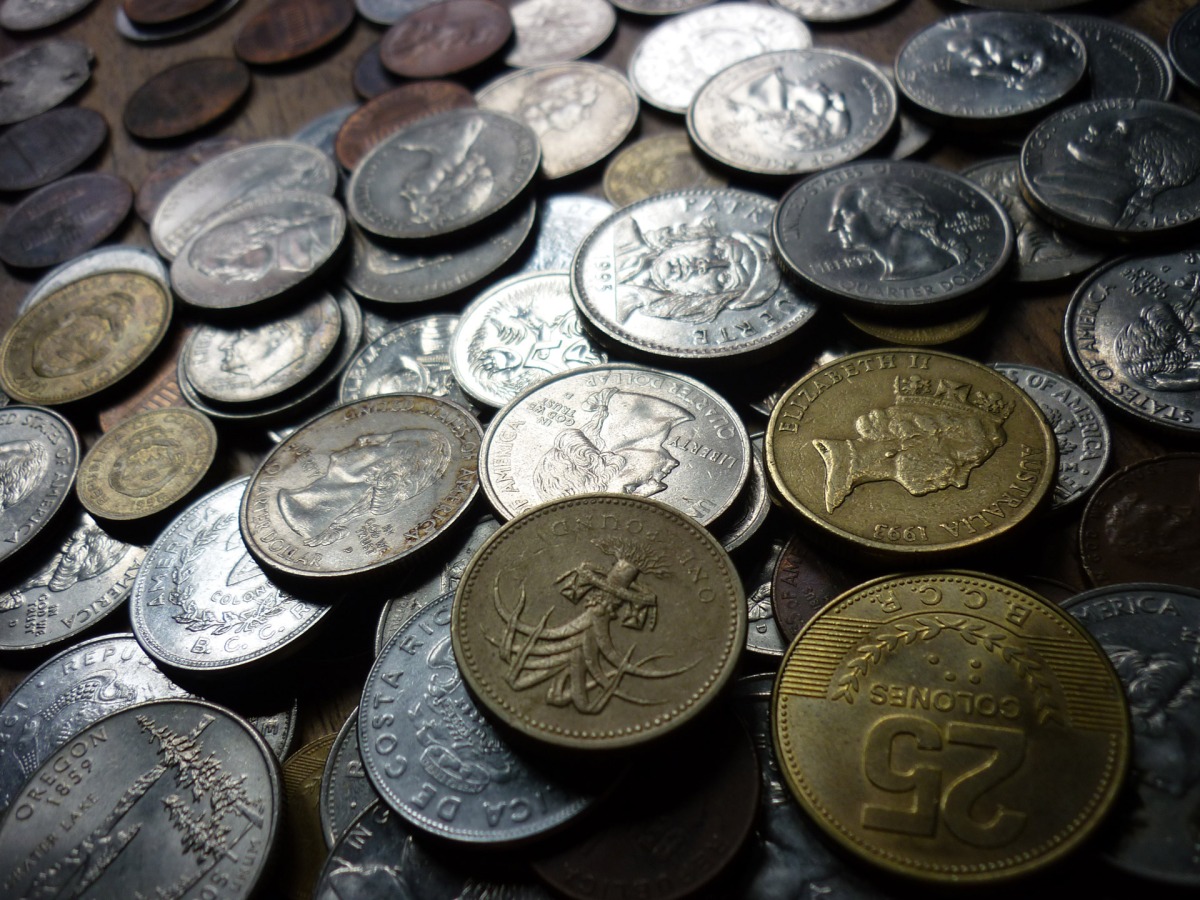
Silvers seems to always come in second to gold when considering precious metals. However, silver can be a quality option for individuals who are looking to invest in precious metals and want an option that will provide permanence and stability. There are several ways to invest in silver, with each option offering a level of risk and reward. Follow the six steps below to begin your investment and hopefully see a solid return on your silver purchases.
Make the Decision to Invest
To begin, you have to make the decision to invest. Learn as much as you can about silver. Silver has a value based on troy ounce which has ranged in inflation adjusted price from $4 to $106. This means and investment can pay off handsomely or you could lose money depending on when you sell, like all investments. The perspective of risk, silver is a good investment. Silver has practical uses as well as has a value that can increase, as the metal remains in demand.
Diversify Your Investment
Whenever you ask an investor for advice, they will say that it is wise to diversify your portfolio. The same is true for silver investing. Spread your money in different areas of silver to have the potential to see a larger gain. This could mean investing in junk silver, silver bullion, silver coins, etc.
Consider the Purchase Type
Once you are ready to purchase, you will want to decide on the type of silver purchase you will make. Will you invest in stock of silver or purchase the actual item? Will you keep silver bullion on hands, be it silver coins or bars, to place in a safe deposit box for safe keeping? Many individuals like to have the actual item on hand to be able to feel secure about the investment. The only downside is you will have to have space for the silver and provide protection.
Silver Bars
One option for purchase is silver bars. A silver bar will be 99.9% pure silver and be a cost effective way to invest in the precious metal. The bars come in varying weights and shapes. You may find bars hard to come by. In most cases, a bullion dealer or bank will have the option to purchase. Be sure to work with reputable individuals only for a quality investment.
Silver Coins
As far as options go, silver coins provide more variety than bars. Coins are easily transported and are a convenient way to begin a silver investment. However, coins can have a higher markup price which means you may pay more to get started. You also have the option of collecting silver collectible coins which can provide you with more value. In the instance of coins, it is best to decide if you want to invest in the silver aspect or a mix of silver with collectible features to add more value.
Choosing When to Sell
Part of investing is selling. When you have a silver collection, be it collectible coins or silver based, it is important to know when to sell. You want to get the most money for your items and a coin company can help you do this. Work with Colonial Acres Coins to be able to get the most money for your silver, including coin values, the price of silver, etc. Colonial Acres has the know-how to get you on the right track for investing as well as starting a silver coin collection.
 Have you started a coin collection featuring coins from Canada but are unsure as to which coins are actually worth collecting? There are many coins from varying decades in the history of Canada that are interesting and unique, perfect for the new collector. Once you know the best coins in circulation as well as those that may not be in circulation any more, you can begin to add value to your collection. From the penny to the
Have you started a coin collection featuring coins from Canada but are unsure as to which coins are actually worth collecting? There are many coins from varying decades in the history of Canada that are interesting and unique, perfect for the new collector. Once you know the best coins in circulation as well as those that may not be in circulation any more, you can begin to add value to your collection. From the penny to the 

